Wandering_Pugilist
TPF Noob!
- Joined
- Jun 4, 2008
- Messages
- 24
- Reaction score
- 0
So this is a beginner's question aimed more at the seasoned veterns of photography. I don't mean "full auto", but moreso the the priority modes i.e. shutter priority, aperature priority (not sure if there are other ones LOL).
It seems like more of the experienced photographers shoot in full manual mode but I'm not sure if that's just the distaste of "auto" being associated with "amateur" or if the picture quality is better overall, or I could just be making the wrong assumption in the first place.
A lot of times I can gauge one setting, i.e. the proper shutter speed, but not the aperture, or vice versa. So I guess my question is two-fold. Do a lot of you that have more experience in photography still use the semi-auto functions on your cameras and if not, how do you go about gauging the settings in certain situations (without a light meter if possible)? Does it just come with practice? (ok that was three questions but you get my point)
It seems like more of the experienced photographers shoot in full manual mode but I'm not sure if that's just the distaste of "auto" being associated with "amateur" or if the picture quality is better overall, or I could just be making the wrong assumption in the first place.
A lot of times I can gauge one setting, i.e. the proper shutter speed, but not the aperture, or vice versa. So I guess my question is two-fold. Do a lot of you that have more experience in photography still use the semi-auto functions on your cameras and if not, how do you go about gauging the settings in certain situations (without a light meter if possible)? Does it just come with practice? (ok that was three questions but you get my point)



![[No title]](/data/xfmg/thumbnail/30/30987-a33ca8e90b5d786c21e59d37945b9cc6.jpg?1619734552)
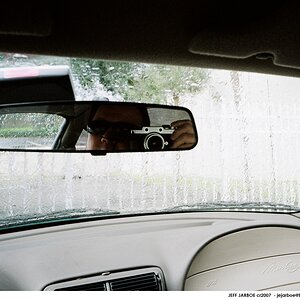
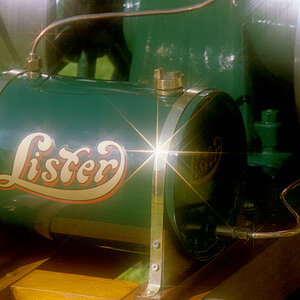
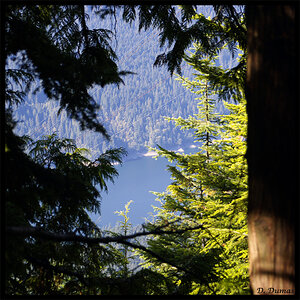
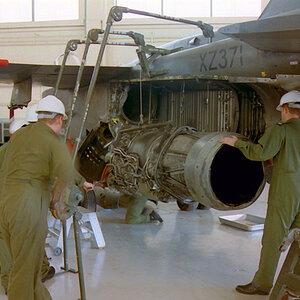
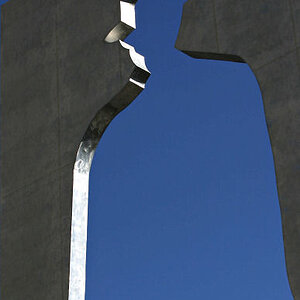
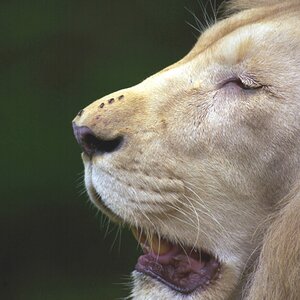
![[No title]](/data/xfmg/thumbnail/31/31097-95606cf1bf0ecc862078bc333f20d4f7.jpg?1619734614)
![[No title]](/data/xfmg/thumbnail/42/42327-560f11a37bb209e9091c0fc9e1028cdc.jpg?1619740128)
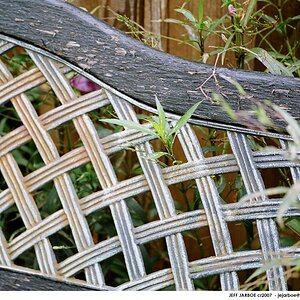
![[No title]](/data/xfmg/thumbnail/42/42326-1e75ade9716f7e863d85def8d13cf591.jpg?1619740127)
![[No title]](/data/xfmg/thumbnail/41/41493-60071420f928565170996b4edc3de2f0.jpg?1619739820)